7 Bedroom Lighting Mistakes — Experts Say They "Scream 'Wrong Vibe'" and Ruin Your Aesthetic
Avoid these lighting blunders at all costs if you want your bedroom to be everything you dreamt it would be
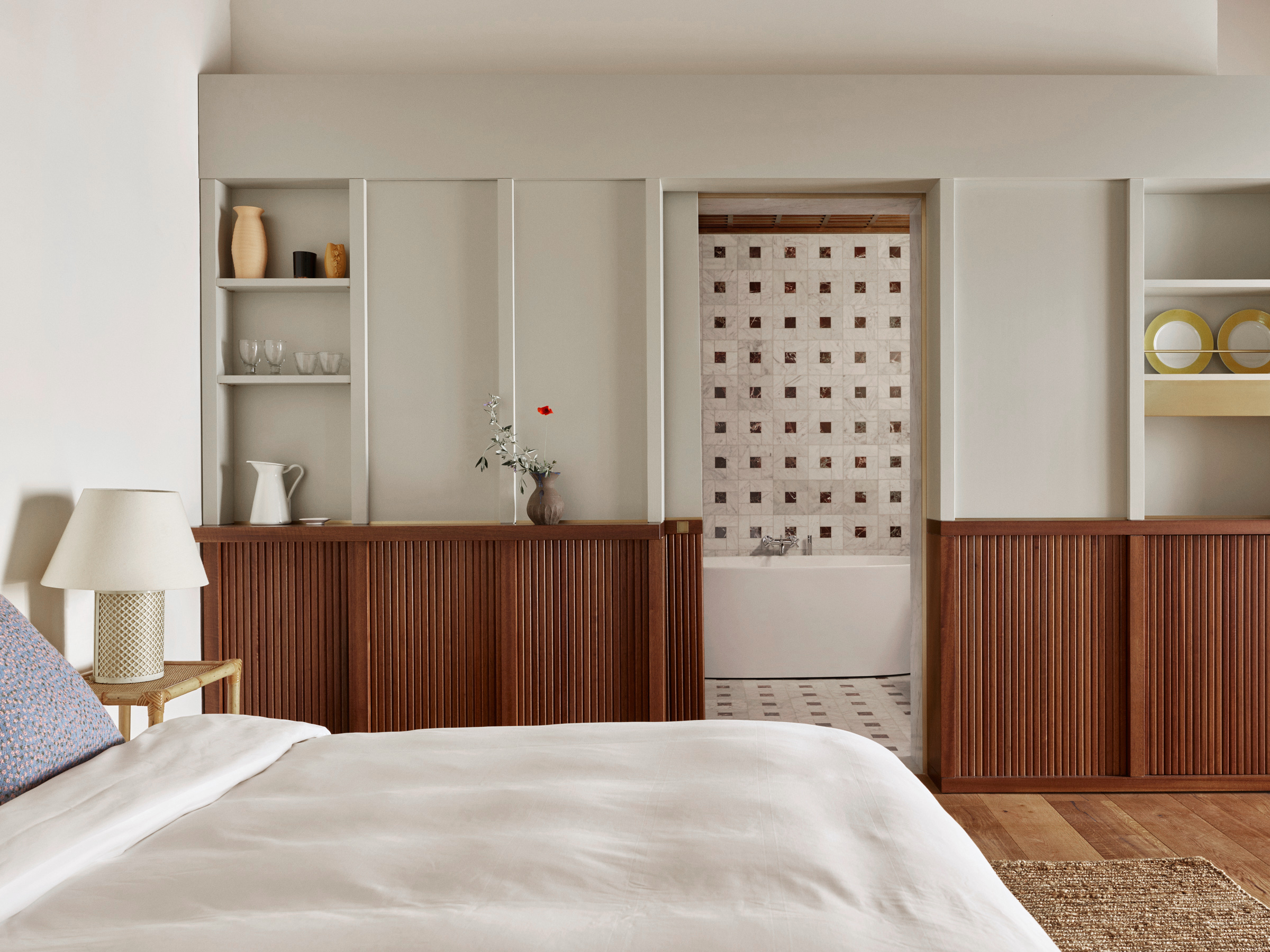

Your bedroom is the space to which you should look forward to retreating, whether for a cheeky daytime nap or to settle down and recharge at the end of a long day. It is also the room in which you begin a new day and, as such, needs to be able to adapt from feeling calm and serene, to energizing and positive at the flick of a switch – and this why making bedroom lighting mistakes at planning stage can be disastrous.
While your color scheme and the layout you choose will also play a huge role in the way the room feels and performs, nothing has quite as much of an effect as your bedroom lighting ideas – in short, this is one area that you should prioritize getting right.
We asked design and lighting experts for the mistakes they commonly see being made when it comes to bedroom lighting so that you can create a scheme that is nothing but a success.
1. Relying on a single overhead light source
There aren't many areas in the house that benefit from being lit by a single overhead light, with the exception being, perhaps, a utility cupboard. And, in the case of bedrooms, this is to be avoided at all costs when you're planning bedroom lighting.
"Relying solely on an overhead ceiling light with a fluorescent bulb is a common bedroom lighting mistake," says Kerry Smith, owner and CEO at Rustic Red Door Co. "This approach can make the space feel cold, stark and uninviting, undermining the warm, cozy atmosphere a bedroom should have."
Kerry isn't the only expert who advised against this approach when it comes to bedroom ideas.
"Using bright overhead lighting only is a big bedroom design mistake," agreed Chloe Wang, a Los Angeles-based luxury interior designer at Mastuvu Design. "It disrupts the relaxing vibe we crave from our bedrooms. Instead, focus on bedside lighting. Wall-mounted sconces framing your bed or table lamps with soft, diffused shades can create a soothing glow too."
It isn't just single pendants that should be given a wide berth in bedrooms either — a ceiling full of bright recessed fittings is also to be avoided.
"In general, you want to avoid relying on harsh recessed can lights and instead layer in lamps or sconces for more flattering light at eye level," advises Jennifer Jones, principal designer at Niche Interiors.
If you are struggling to understand how to create a layered approach, interior designer Victoria Holly of Victoria Holly Interiors has some super useful tips.
"A single overhead light, no matter how beautiful, can feel harsh at night or different times of day," says Victoria. "It’s crucial to combine ambient lighting and task lighting in a bedroom to create a functional and warm space. In any bedroom, we like to have at least two types of light, if not more.
"First and foremost, recessed light for functionality. Secondly, bedside lighting, whether these are wall sconces, table lamps, or pendant lights. And then I also love to do a statement flush mount light or chandelier, depending on the ceiling height. Last but not least, a floor lamp if there is a seating area in the room. All of this lighting allows for you to completely adjust the mood and ambiance at any time of day or night."
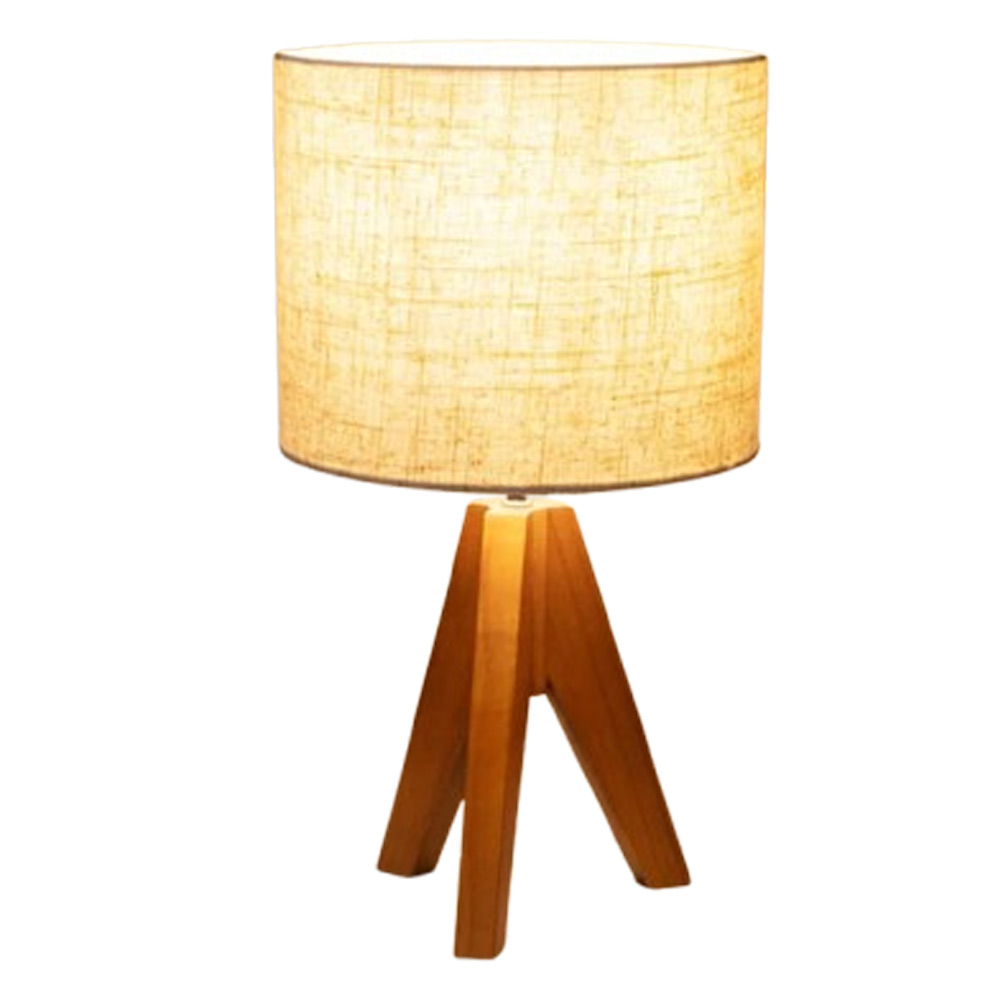
Price: $53.99 was $99.99
This pair of bedside lamps comes complete with linen shades that help create a soft, diffused glow, perfect for bedrooms. They also have a dimmer switch for adaptability.
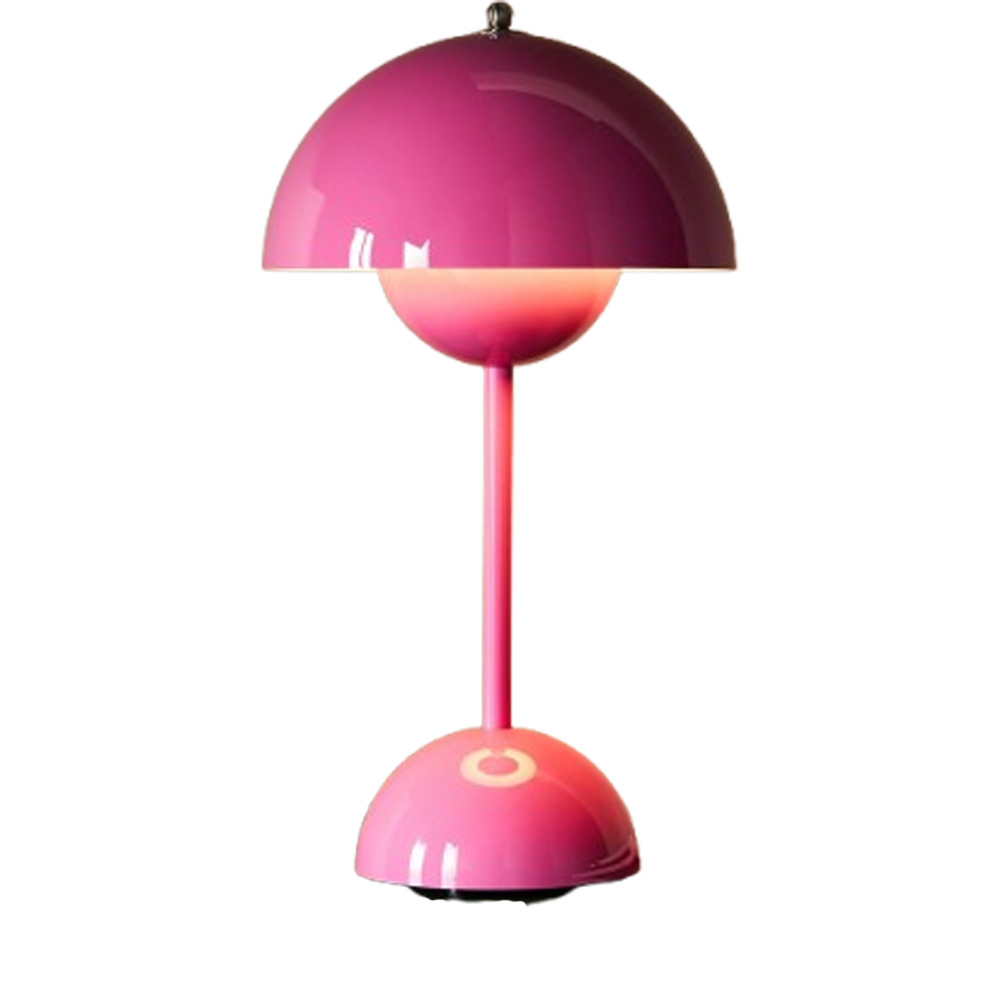
Price: $315.00
Perfect for adding a pop of color, this lamp is available in a total of six different hues. This is a rechargeable, battery-operated lamp meaning no trailing wires to hide.
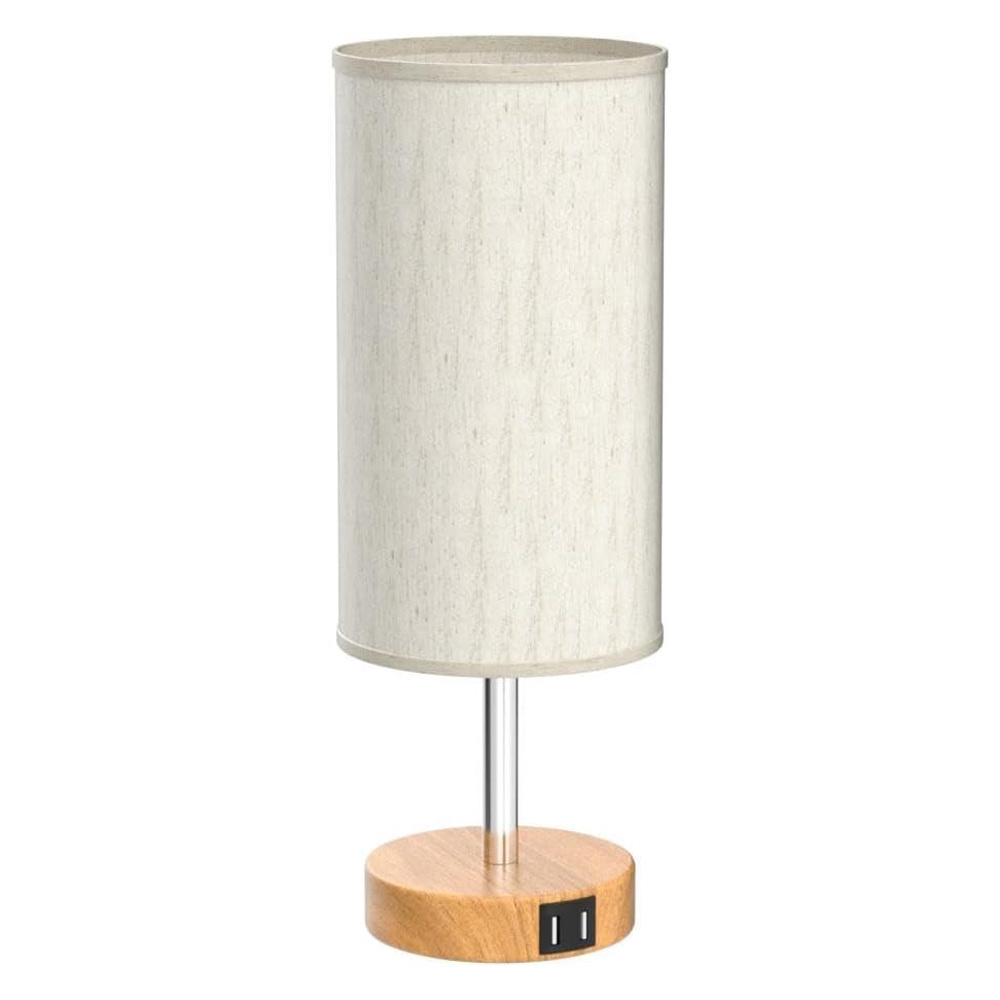
Price: $15.99
Don't be fooled by the simple appearance of this lamp — it has a lot to offer. Not only can you choose from three, dimmable brightness levels, it is also touch-control.
2. Using cool color temperature bulbs
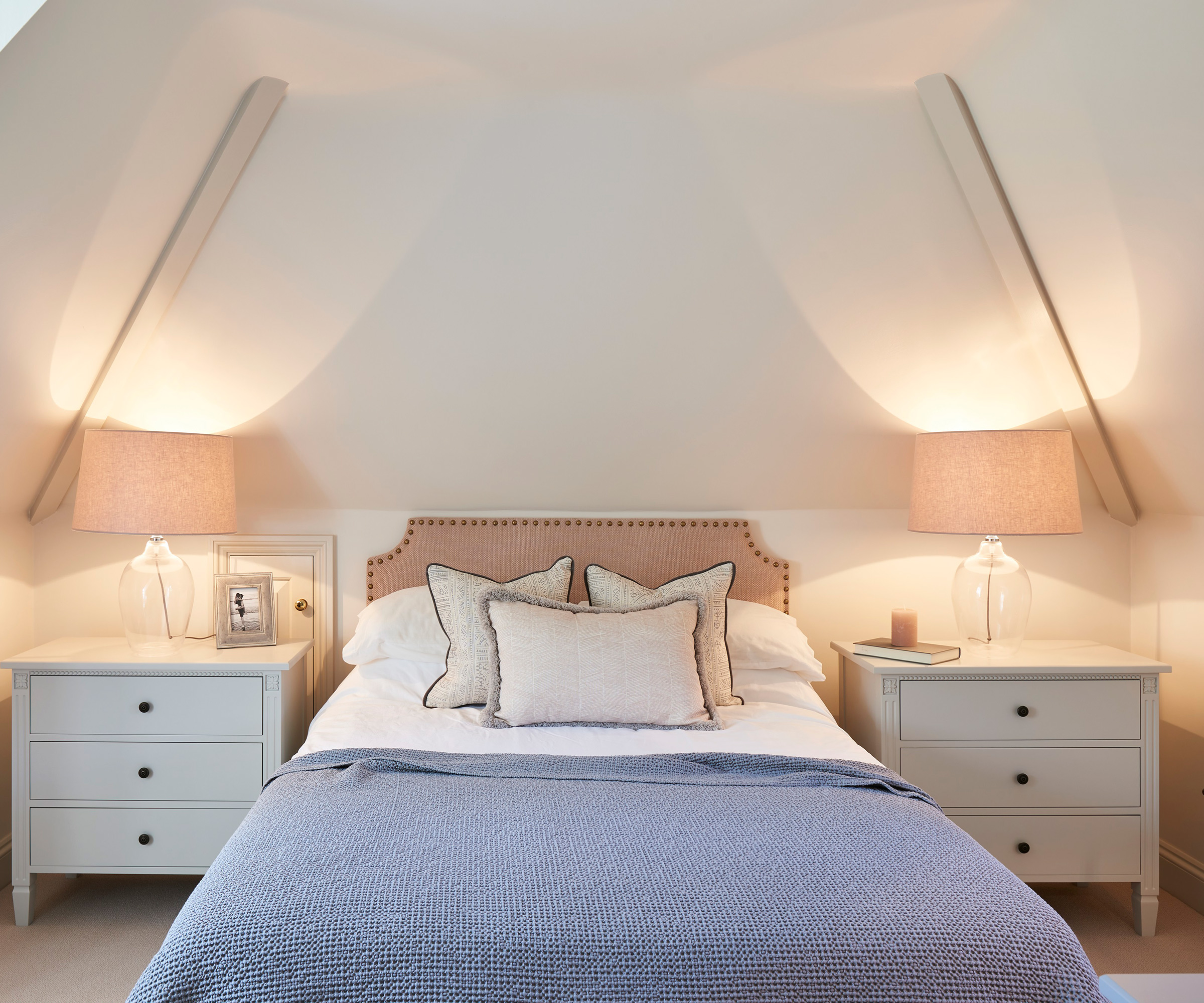
The bedroom should feel warm and welcoming — this is where color temperature can make or break a scheme. Even better, if you want ideas for quick bedroom makeovers, this is an easy one to execute.
Color temperature is measured in Kelvins (K) and you should see a number on the box of any bulbs you look at.
"A common mistake is using cool-toned bulbs in the bedroom," warns WG Hickman, owner at Tri-County Air Service. "I always recommend warm, soft lighting of around 2700K to promote relaxation and better sleep."
"Nothing screams 'wrong vibe' like bluish, harsh lighting," confirms Magda Callery, an interior designer and florist at Style by Magda. "Your bedroom isn’t a tech startup; it’s your retreat. Stick to warm, soft tones (2700K to 3000K) that whisper, 'relax, you deserve this.'"
3. Positioning lights incorrectly
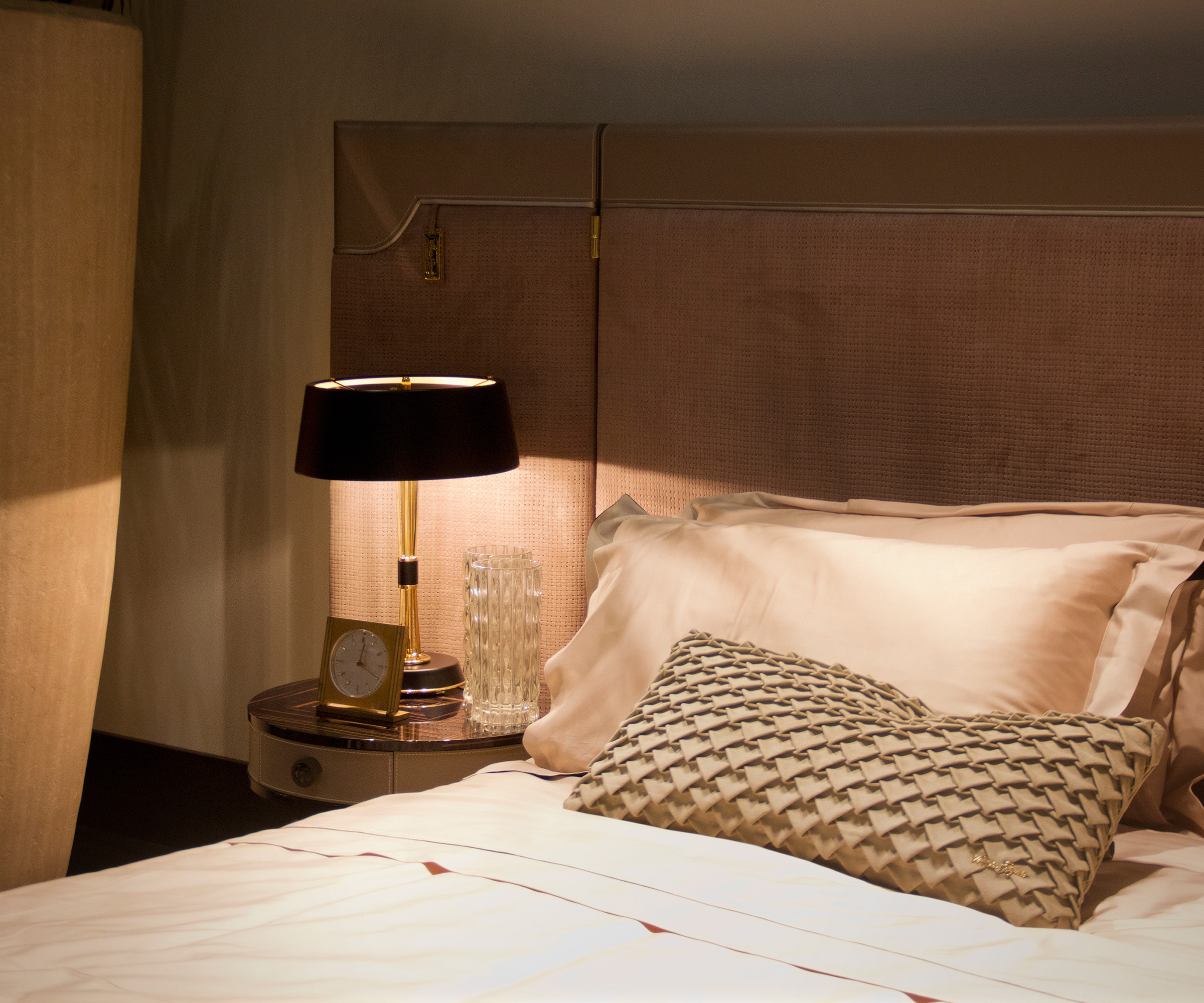
Even if you nail the type of lights in your bedroom, if you ignore one of the golden rules and position them incorrectly you may as well not have bothered.
"Lights that are poorly positioned, like bedside lamps that are too high or too low, is another mistake to avoid," explains Chloe Wang. "Make sure the base of the lampshade is at eye level when you're seated or lying in bed. Adjustable sconces are another option that caters to varying needs. You can get battery-operated sconces for a budget-friendly fix."
"Your bedside lighting should be tall enough to illuminate your book or phone (no judgment) without blinding you," adds Magda Callery.
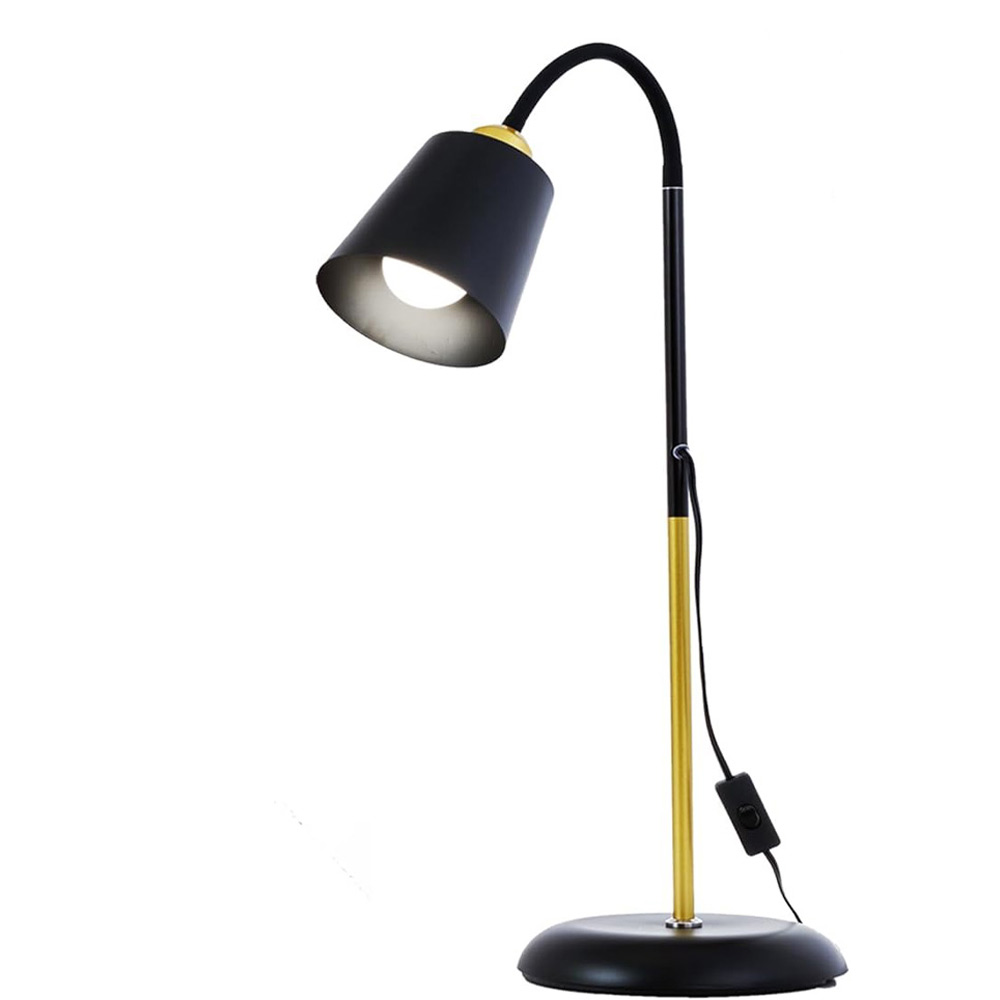
Price: $28.99
We love the fact that this stylish floor lamp can be adjusted to suit your space or whatever task you are carrying out. It has a maximum height of 58" but can shrink down to 34" when required.
4. Underestimating the power of dimmers
If you want to know how to make bedroom lighting cozier, making sure it is dimmable will mean you can adapt its brightness depending on the time of day and what you require from the room at any particular moment.
"Adding dimmer switches is key as well to adding complete adjustability to all your light fixtures," explains Victoria Holly.
Remember though, not all light fittings and fixtures are created equal.
"I often see people using cheap dimmable LED bulbs that flicker when dimmed to lower levels, which can strain your eyes and disrupt relaxation," points out WG Hickman. "Look for high-quality, flicker-free dimmable LEDs with a Color Rendering Index (CRI) of 90+ for a smoother and more comfortable lighting experience."
These SYLVANIA LED TruWave Natural Series Light Bulbs from Amazon come highly recommended.
5. Poorly planning task lighting
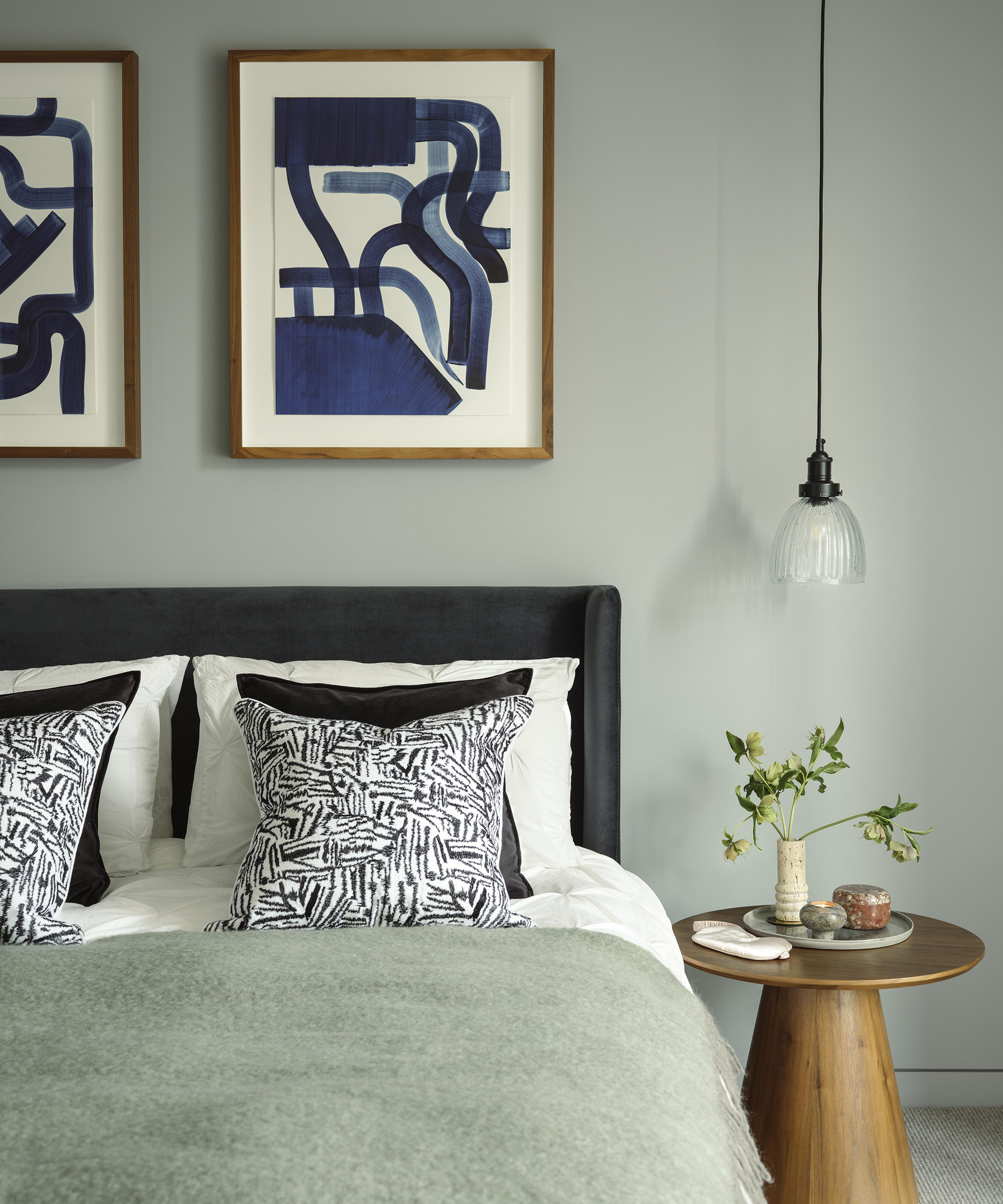
While it might be tempting to associate task lighting with more practical rooms, such as home offices or for kitchen lighting ideas, it is really important to include it in the bedroom too.
"Not having any task lighting is a big bedroom design mistake," says Chloe Wang. "Task lighting allows us to read or work in bed without being in the dark. Add a focused task light, such as an articulated wall sconce or a directional table lamp."
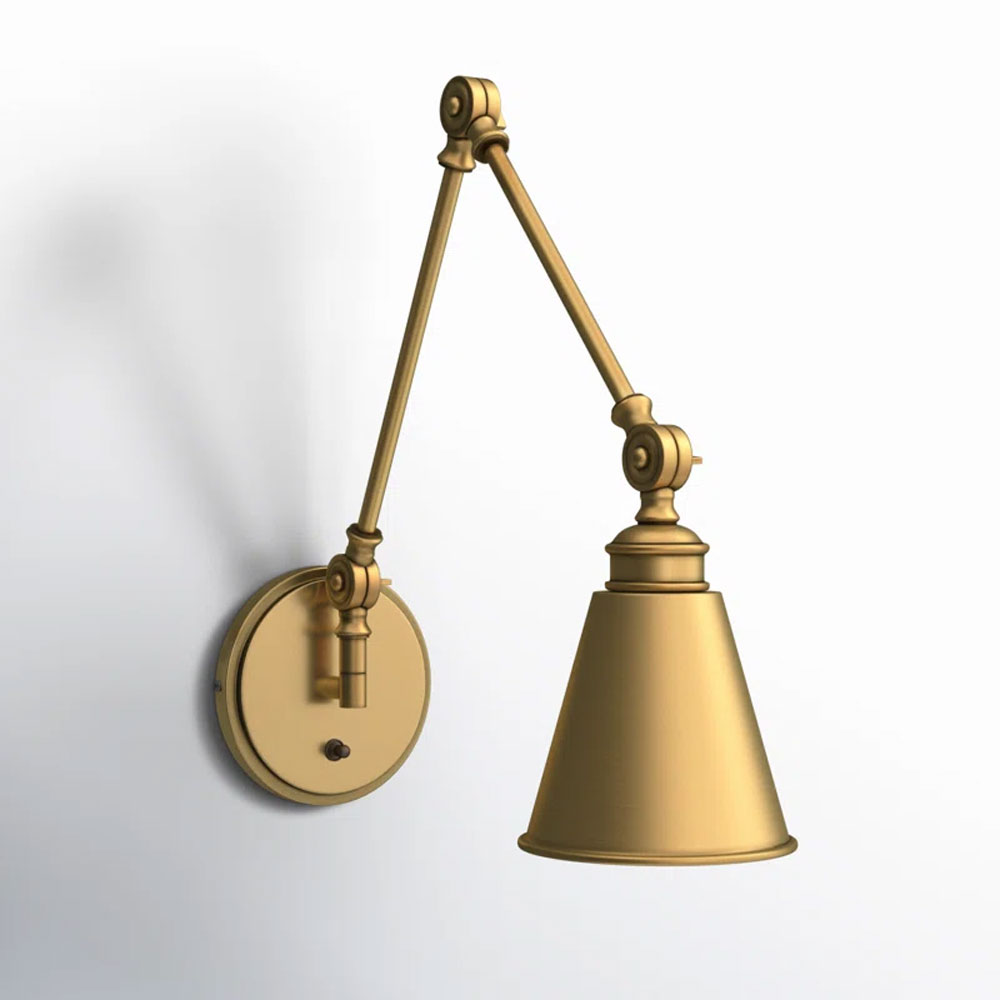
Price: $229.00
Not only will the weathered brass finish of this wall light bring a little visual warmth to your bedroom, but the adjustable arm means you can direct its beam wherever it is needed.
6. Playing it too safe with fixtures
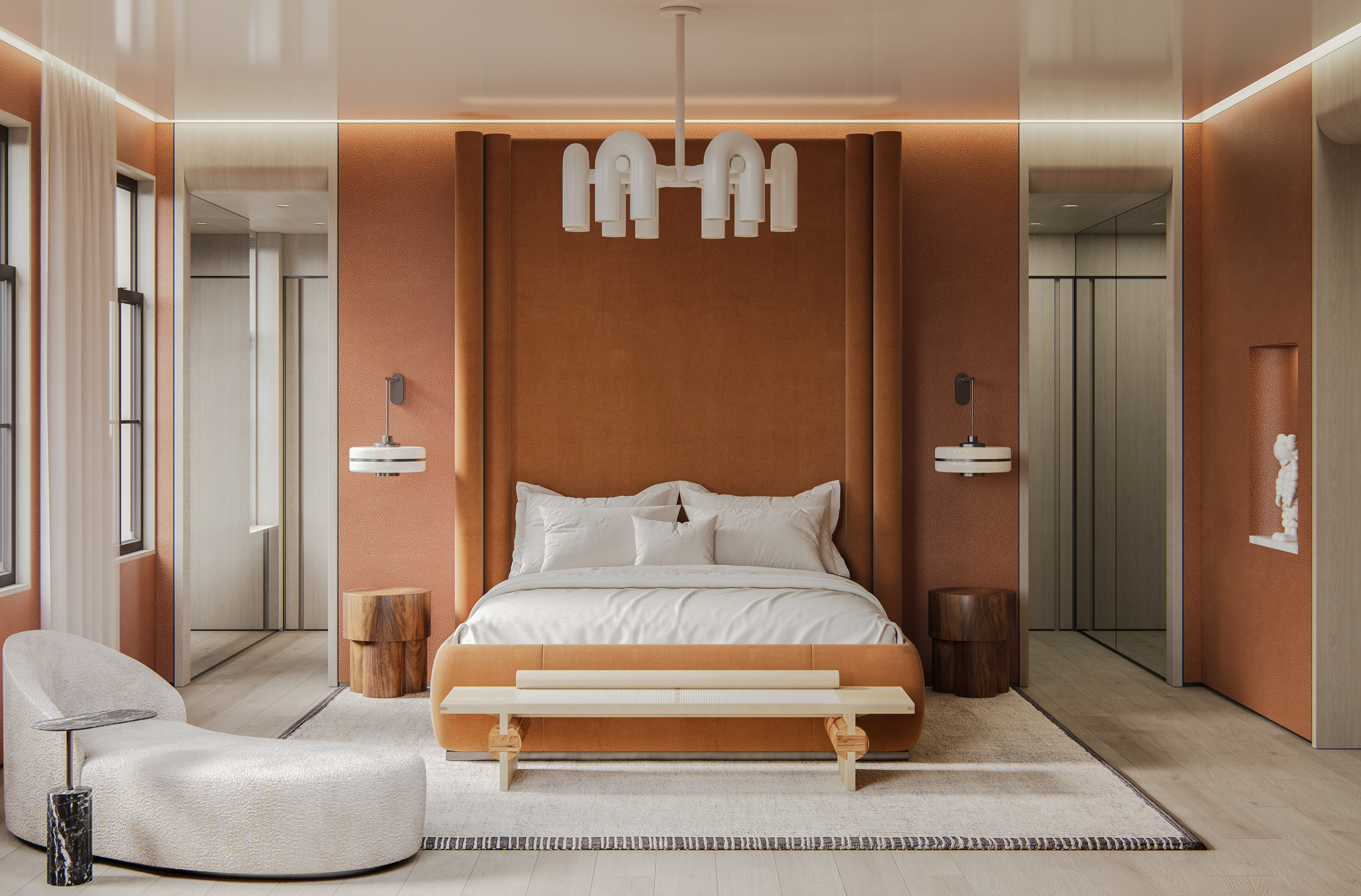
Your bedroom should feel personal and be totally tailored around your preferences and requirements — this is one space in the home where it really pays to be a little self-centred.
With this in mind, don't be afraid to indulge in a few whimsical, stand-out light fittings or lighting trends that you absolutely love but might not feel brave enough to use elsewhere in the more 'public facing' rooms.
"A quirky pendant or a sculptural lamp can take your bedroom from 'meh' to 'wow' without breaking the bank," says Magda Callery. "Remember, lighting is like the jewelry of your space."
7. Going overboard with too many lights
We may have talked about the benefits of layers of light and warned of using a single overhead fitting, but don't take things too far and include a blinding number of lights either. This applies whether you are looking at how to light a dining room or any other space where a welcoming vibe is key.
"More lights don’t equal better lighting," explains Magda Callery. "It’s about balance, not turning your room into Times Square."
The key to success here is to ensure you include three layers. A good ambient (or background) light in the form of something like a chandelier or well-placed recessed fittings, task lighting, such as bedside lamps, and accent lighting in the form of hidden LED strip lights or wall-washers.
FAQs
How do I fix bad lighting in my bedroom?
Unless you are starting totally from scratch you are likely to find you need to make some adjustments to your bedroom lighting to ensure it works well for you.
In some cases it may simply be a case of switching out bulbs that emit a cold, sterile color temperature for something more warming and cozy. Another easy fix is to swap standard switches for those that are dimmable. Even changing out-of date shades for new ones that offer a softer, more flattering glow can make a huge difference.
In many cases, adding to what is already there, as opposed to taking away, can solve bad lighting. For example, if the room currently only has a single overhead pendant, adding in thoughtfully-placed floor lamps and some table lamps for bedrooms, as well as some wall sconces, will totally transform the room.
Once you have your bedroom lighting sorted, you can move on to your kitchen lighting design to ensure the busiest area of the home is perfectly illuminated.
Be The First To Know
The Livingetc newsletters are your inside source for what’s shaping interiors now - and what’s next. Discover trend forecasts, smart style ideas, and curated shopping inspiration that brings design to life. Subscribe today and stay ahead of the curve.

Natasha Brinsmead is a freelance homes and interiors journalist with over 20 years experience in the field. As former Associate Editor of Homebuilding & Renovating magazine, Natasha has researched and written about everything from how to design a new kitchen from scratch to knocking down walls safely, from how to lay flooring to how to insulate an old house. She has carried out a number of renovation projects of her own on a DIY basis and is currently on the lookout for her next project.
-
 The 'New British' Style? This Victorian London Home Embraces Its Owners' Global Background
The 'New British' Style? This Victorian London Home Embraces Its Owners' Global BackgroundWarm timber details, confident color pops, and an uninterrupted connection to the garden are the hallmarks of this relaxed yet design-forward family home
By Emma J Page
-
 Muji Living Room Ideas — 5 Ways to Harness The Calming Qualities of This Japanese Design Style
Muji Living Room Ideas — 5 Ways to Harness The Calming Qualities of This Japanese Design StyleInspired by Japanese "zen" principles, Muji living rooms are all about cultivating a calming, tranquil space that nourishes the soul
By Lilith Hudson
-
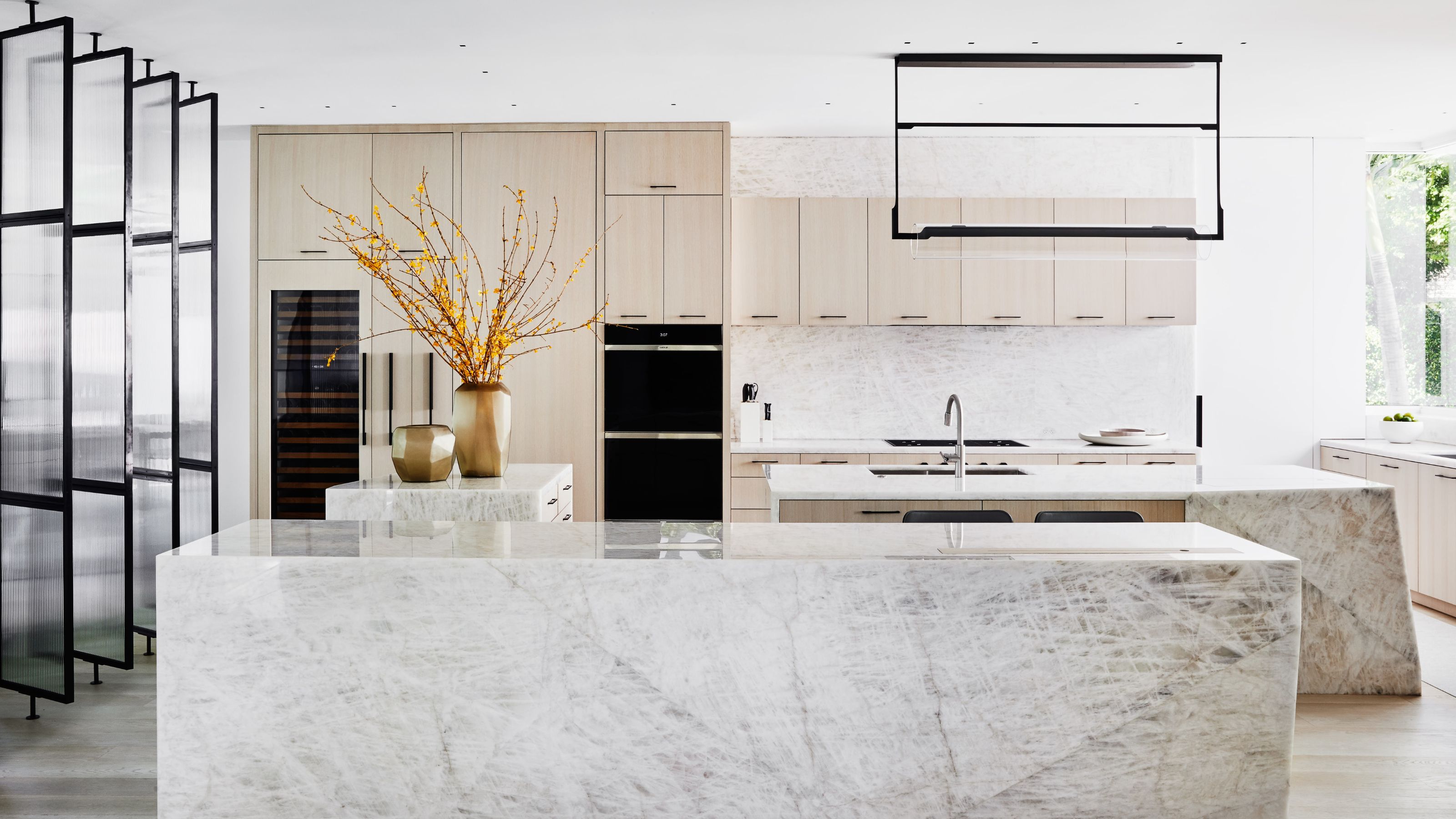 3 Easy Wireless Kitchen Lighting Tricks Experts Say Will Instantly Make Your Space Feel Bigger
3 Easy Wireless Kitchen Lighting Tricks Experts Say Will Instantly Make Your Space Feel BiggerFinished your kitchen only to discover you didn't plan for enough lighting? Never fear — wireless lighting is cheap, quick, and effective
By Emma Breislin
-
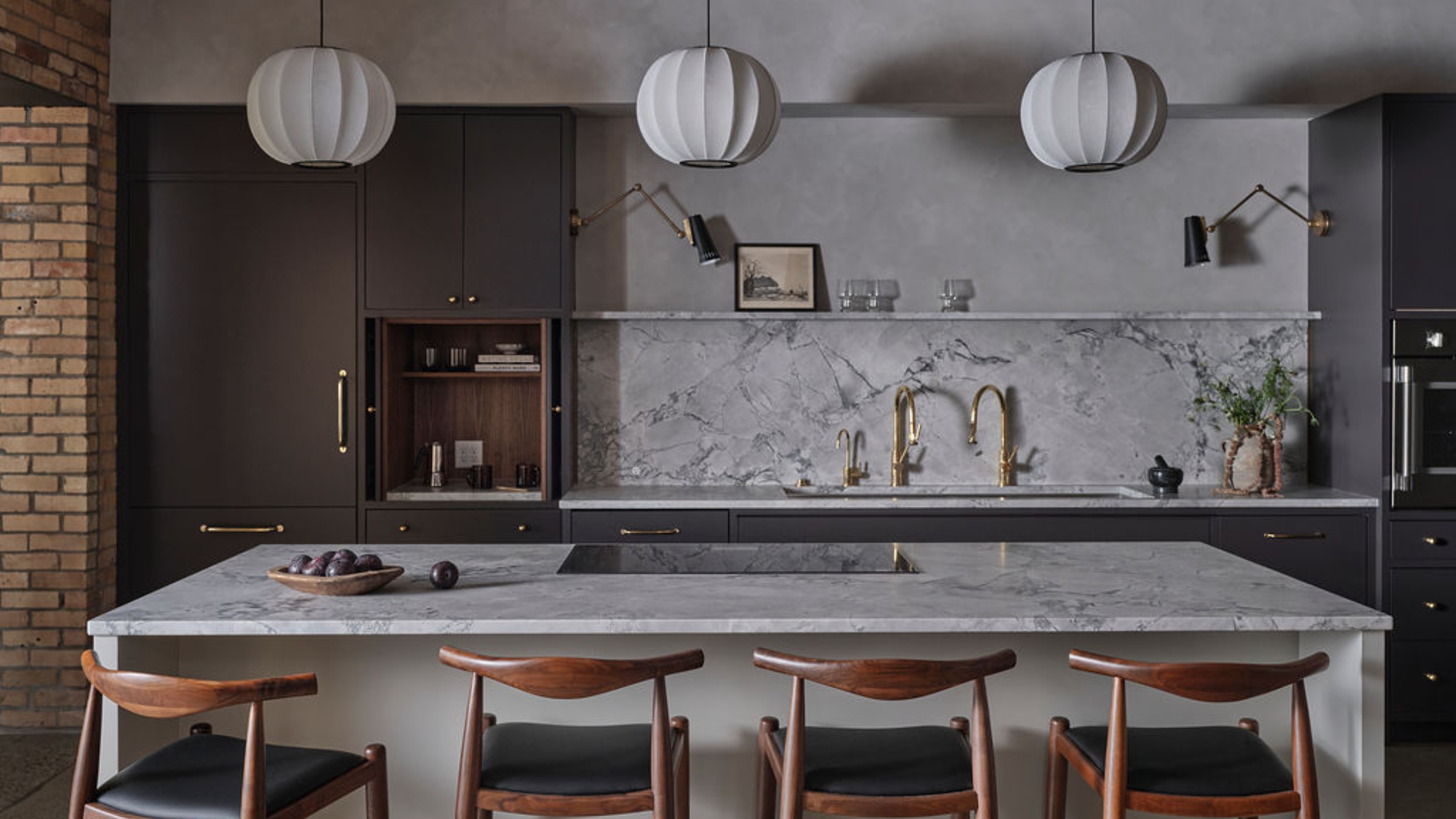 "The Big Light" Is Back — Silk Shades Are the Sculptural Light Every Stylish Room Will Be Sporting in 2025
"The Big Light" Is Back — Silk Shades Are the Sculptural Light Every Stylish Room Will Be Sporting in 2025Forget rice paper, we're all about silk now, and these "super-sized, light-softening, and sculptural" fittings tick all the boxes
By Olivia Wolfe
-
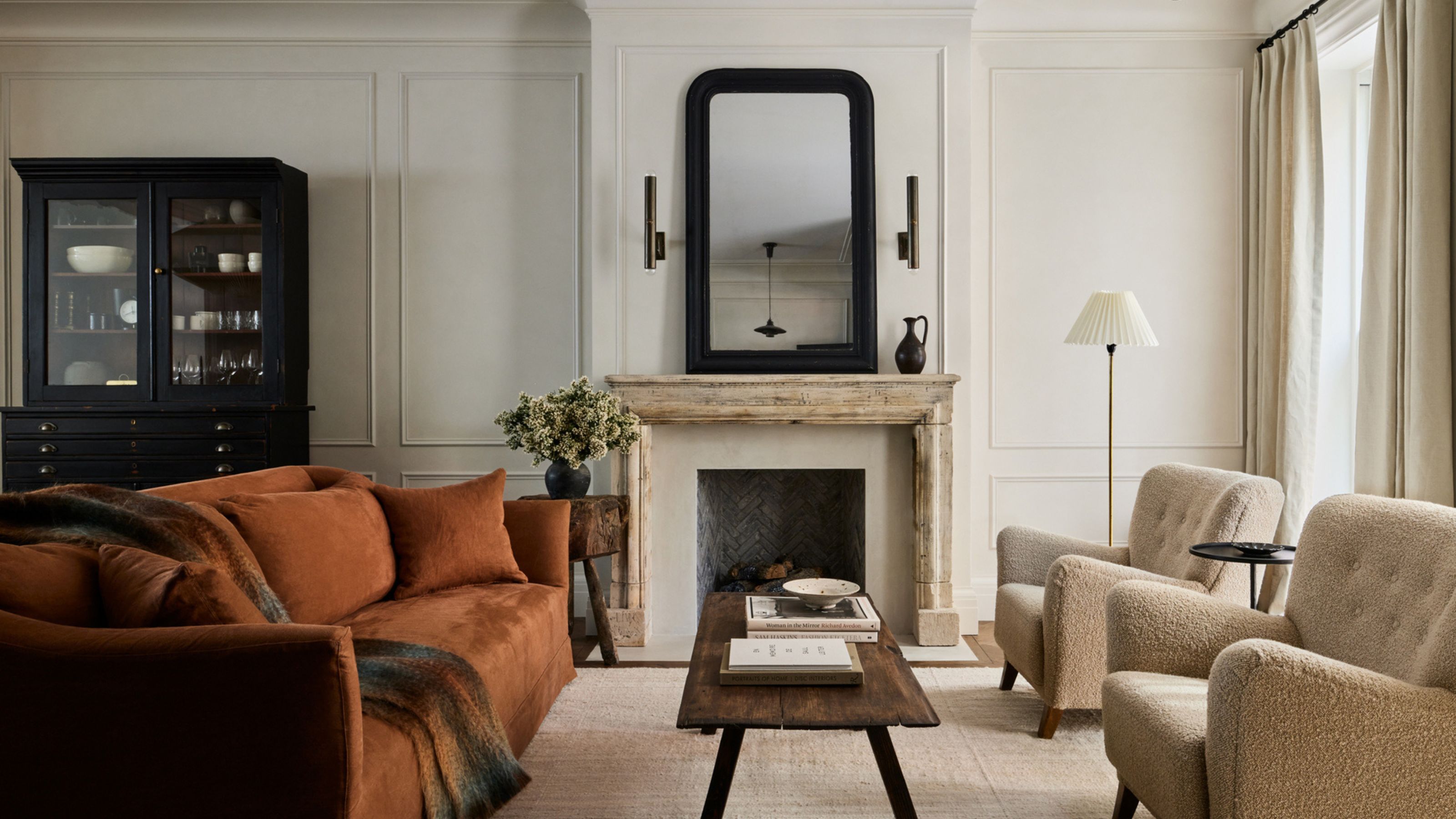 8 Mistakes to Avoid When Planning the Lighting for Your Home — "At All Costs," Experts Warn
8 Mistakes to Avoid When Planning the Lighting for Your Home — "At All Costs," Experts WarnUnderstanding the most common lighting mistakes made by homeowners will help you avoid making the same blunders
By Natasha Brinsmead
-
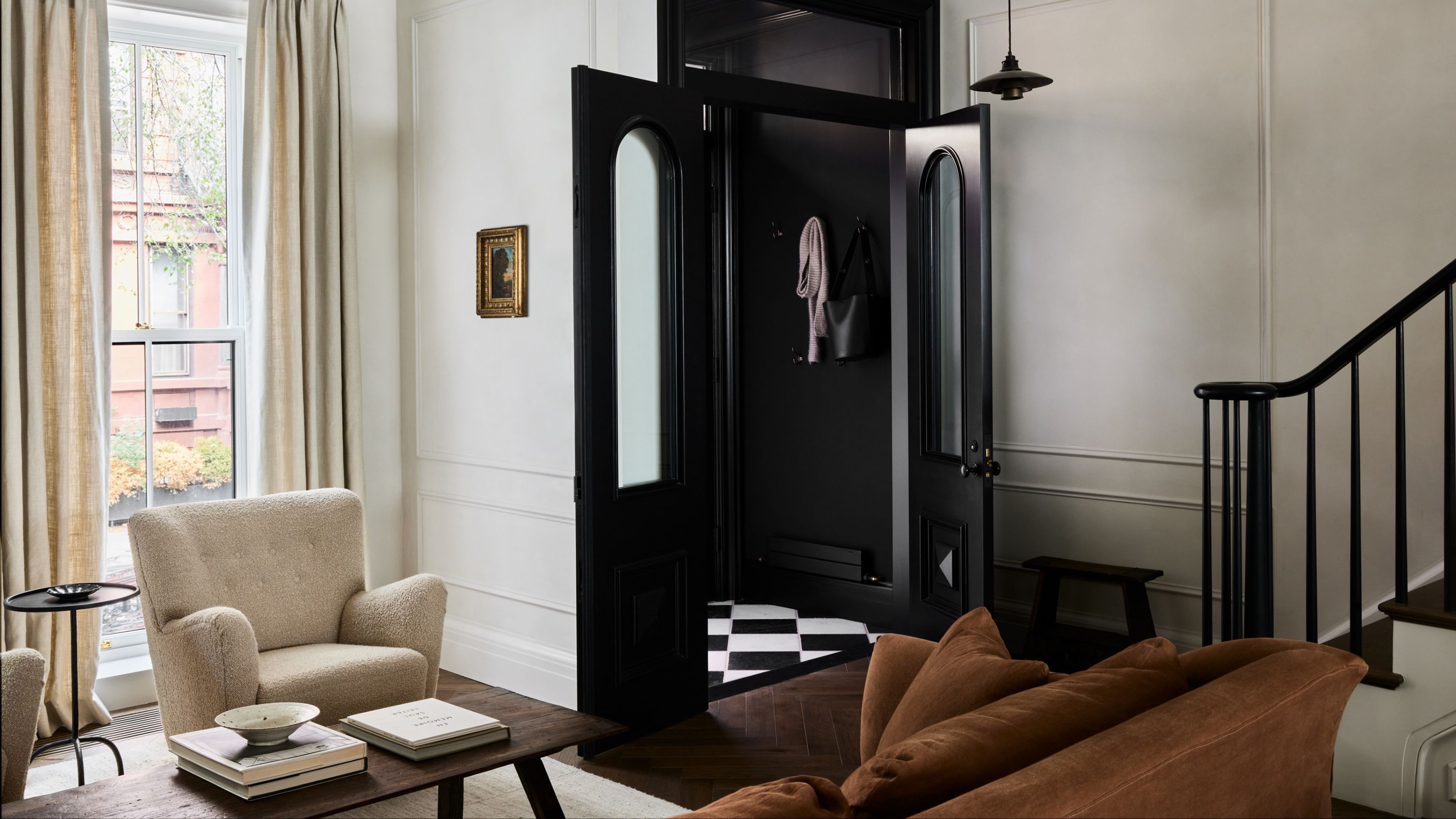 How to Plan Your Entryway Lighting — For a Foyer That Makes a Good First Impression
How to Plan Your Entryway Lighting — For a Foyer That Makes a Good First ImpressionLighting experts give us the lowdown on how you can illuminate your home while elevating your space
By Natasha Brinsmead
-
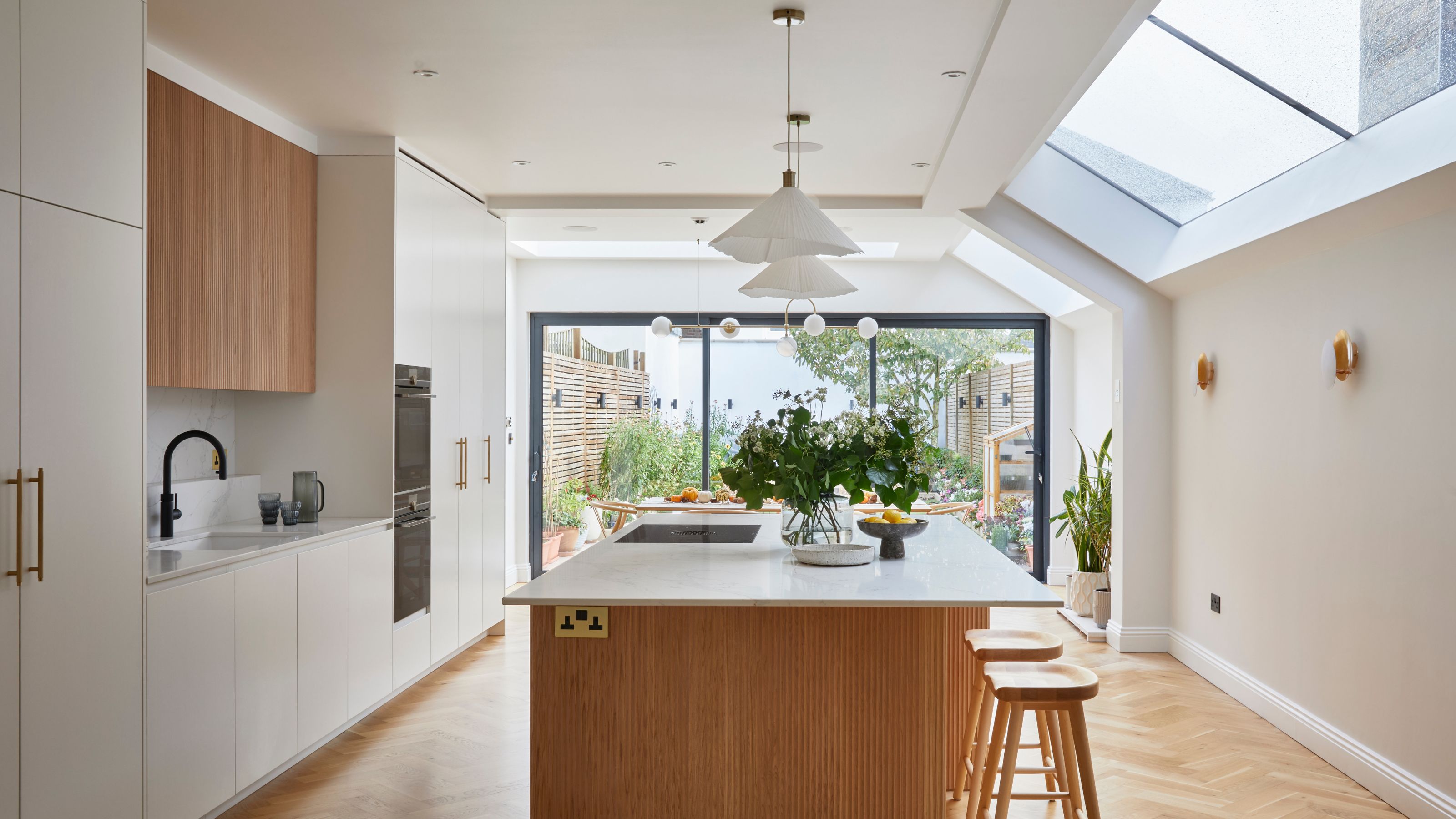 14 Kitchen Island Lighting Ideas — That Will Illuminate Your Space and Uplift Your Home's Aesthetic
14 Kitchen Island Lighting Ideas — That Will Illuminate Your Space and Uplift Your Home's AestheticThe kitchen is the heartbeat of a home, and so is lighting. Here are some designer-approved ways you can elevate your kitchen island lighting game
By Hebe Hatton